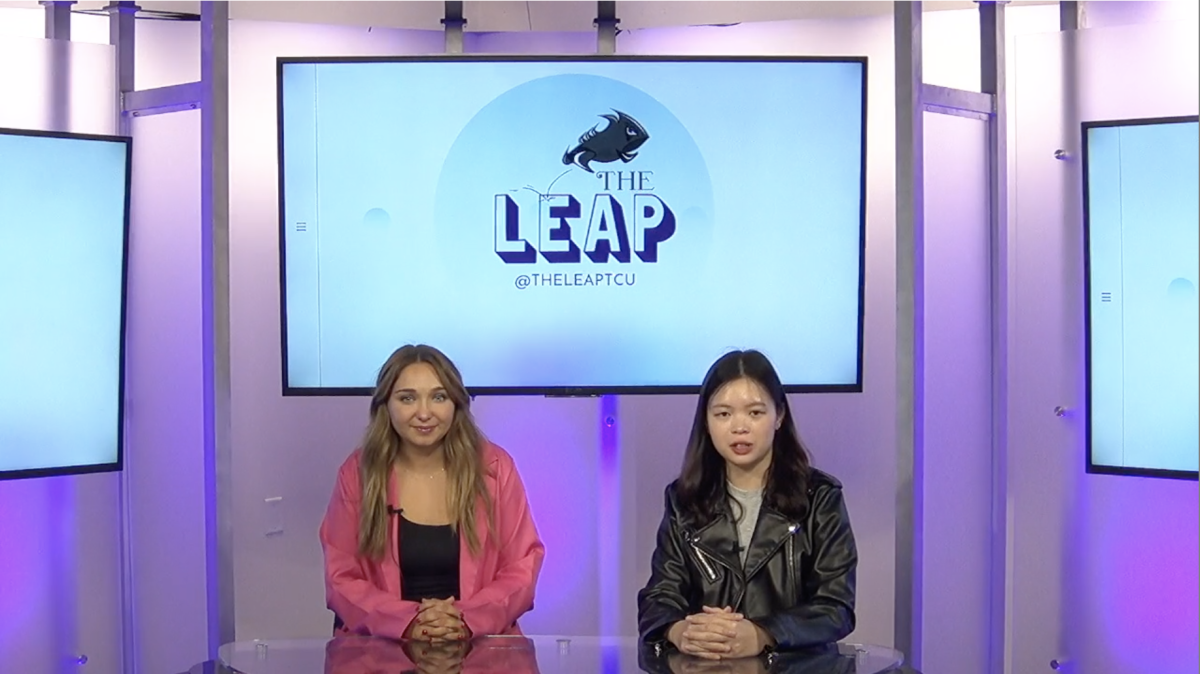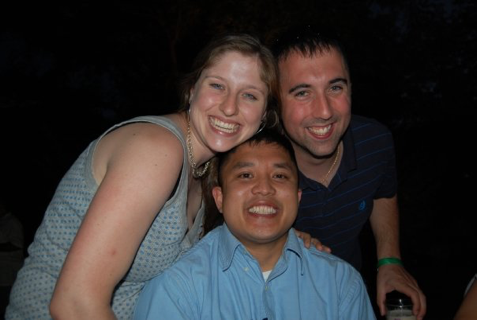Surely you didn’t believe that affirmative action simply applied to African-Americans? Affirmative action is and has been a sensitive issue in America since President Lyndon B. Johnson issued executive orders to promote equal opportunity employment in 1965.
LBJ addressed Howard University in 1965 with the prescription that, “In far too many ways American Negroes have been another nation: deprived of freedom, crippled by hatred, the doors of opportunity closed to hope.”
Since 1965, however, affirmative action has encompassed and aided in equalizing the fields of education and employment for the majority of underrepresented groups in America, most notably African-Americans, Hispanics, Native Americans, the disabled, in some instances the poor and especially women.
As a result of the women’s rights movements of the 1960s and 1970s, women have made indefinite, undeniable and progressive gains since they were included in the amended Civil Rights Bill of 1964.
According to a study of women in America released by the White House in March 2011, women ages 25-34 earned about 57 percent of all college degrees conferred in 2007-08, and the labor force participation rate between men and women has narrowed and is nearing more equality. Furthermore, women have now outnumbered men in enrollment in higher education.
Due in part to the actions of presidential executive orders, dozens and dozens of affirmative action programs, and non-governmental organizations such as the National Organization for Women, women have made a smooth and efficient transition into more equal measures and treatment in American society after hundreds of years of oppression and inequality.
Nonetheless, women continue to face inequality in pay, earning only 78 cents of every $1 earned by their male counterparts, according to the NOW website.
Successful actions have been made through further implementation, and action must occur to create near absolute gender equality.
Equality measures have increased dramatically since the 1960s in the areas of employment, education, protection and justice, and there are few who will dispute this. But with the rate of attaining bachelor’s degrees for Caucasians higher than the rate of both Hispanics and African-Americans, there continues to be inequality in education and the workplace.
Equality of opportunity and outcome must account for the fact that the underrepresented simply do not have the same opportunities, on average, as their often middle class Caucasian counterparts.
Should both of these kinds of students have rights and liberties that protect them from injustice? Of course. Nonetheless, the governmental system must continue to make efforts to equalize the playing field for the overall and eventual standards of national equality.
Before there be quarrel in this issue, for those who oppose, ask yourself, “What if it were me?” When these measures of equality are reached or are close to equalization, let there be no more affirmative action, but until then, there should be no question of its value and importance and no mere majority self-interests should have the power to derail it.
Jonathan Davis is a junior political science and psychology double major from Niagara Falls, Ontario.






